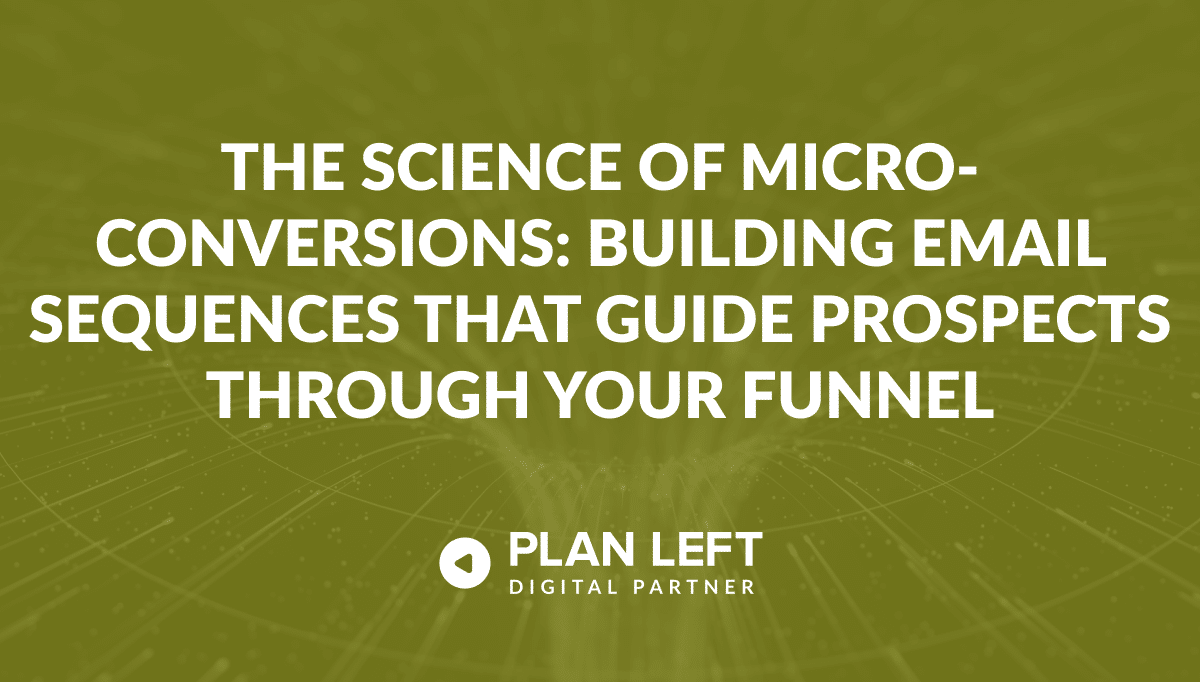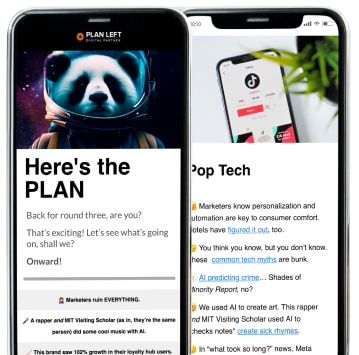
The latest Google Spam update ended 15 days after being rolled out, but the Google Core update is still in action. Google told us that the updates would target unhelpful, spammy content, but we already knew this was coming. And if you’ve been reading our Coffee & SEO blog for a while, so have you.
Google Core & Spam Update Fixes – Focus on User, Not Search Engines
The Google Spam update was completed almost 15 days after it was activated on March 5, 2024. Google set the precedent that unoriginal, duplicate content would be removed from searches by 40%. Although there is no exact number as to what the actual impact has been from the Spam update alone, those who have been impacted are left asking, “What do I do now?”

Source: Google Search Status Dashboard
The obvious answer is: If you know what needs to be fixed, fix it. Don’t wait. Google’s John Mueller reiterated this as well, noting that when making updates, the user should be considered—not search algorithms.
Source: Search Engine Journal, Google: When to Fix Sites Hit By March 2024 Core Update
Mueller’s response echoes what Google has been saying since the first of the Helpful Content Updates in August of 2022, which is to write helpful content for your user, not with the intent to rank, building content out focusing on the ‘ranking’ factors.
As many in the marketing industry know, it takes time and effort to bounce back from any Google penalty—if ever. Depending on the type of penalty, restoring your website could be a matter of fixing the issue described in the Manual Action section of Google Search Console and submitting the fix to Google for re-evaluation, but if your website is completely de-indexed due to website scraping or cloaking, then you may have a harder time getting Google to deem you trustworthy and put your website back on the internet.
Google Explains Indexing, Explaining Centerpiece Annotation
“How does my website get indexed?” SEOs and marketers everywhere hear this question all. the. time. The simple answer, follow best practices. Check that all of the following elements are implemented and followed through with:
- Content – Per Google updates, content should be helpful and written for the user, not the search algorithms. Content audits should be done quarterly to make sure your content is speaking to your buyers, not search engines.
- Tags & Attributes – Title tags, alt attributes, headings, schema, and structured data are examples of attributes. Title tags should reflect what the content is about, not be too short, be unique to that page, and not use special characters like brackets, parentheses, or others—Google has been known to rewrite titles so it’s important to take serious consideration when composing these.
Where tags define structure, attributes provide details about elements within tags. Where Alt Tags give a quick overview of an image, the alt attribute goes into further detail, elaborating on what the image is to more clearly and accurately reflect the scene.
- Images – Search engines are not yet able to ‘see’ images and rely on their alt attributes to determine their relevance and value to the webpage’s content. Alt text, image titles, and even the file name given before the image is uploaded should be optimized.
- Videos – As with images, alt text, titles, and file names should be considered when adding to website content, but captions should also be provided.
Additionally, Google’s Gary Illeyes has spoken about how Google parses the HTML of a webpage and fixes any semantic issues encountered. If unsupported tags are used within the <head> element, it can cause indexing problems. Google also focuses on the focal point of the content or the Centerpiece Annotation, so if your content page covers many topics that aren’t related or bring value to each other, there will be a lack of ability to target the main point or purpose of the content.
Perplexity AI Offers Citations, Images, Videos and More
Generative AI is helping streamline efforts and processes for industries everywhere, and we always see improvements in these LLMs with each new one that develops. Perplexity.ai is one of those.
What sets Perplexity apart from others like ChatGPT and Gemini is that Perplexity provides not only the content but also cites, on average, five sources per query response. As reported by BrightEdge, 60% of citations coincide with the top ten organic Google search results. In addition to citations, Perplexity also offers images and videos and an option to generate images for queries.
This opens up a whole new way to streamline efforts by having these resources available within the Generative AI, removing the steps of verifying or sourcing specific content and creating faster workflows by decreasing research time.
Watercooler Highlights
Back on the Q&A board is… backlinks. Whatever your thoughts on it, you can’t ignore what Google has come out and said over and over again. Also, Meta has updated its AI-generated content policy, specifically for images, videos, and audio. For marketers who use AI in their advertisements, this is something you wanna follow up with.
Google Further Clarifies Backlinks Should Not Be the Focus
In 2022, Google’s Duy Nguyen mentioned the lack of value that backlinks once had. In 2023, Gary Illyes didn’t hold back when he said backlinks have not held the value that they used to for ‘some time’ and that they are no longer a ‘top three ranking factor.’
Here we are, 2024, and the question about backlinks is still being asked. To which Google’s John Mueller replies:
Source: Search Engine Journal, Google: Overfocusing on Links Could Be A Waste of Time
Instead of focusing on backlinks, check mobile responsiveness and performance, as well as your tags and attributes.
Meta Updates AI Content Policy to Include Audio, Videos & Images
Meta (Facebook, Instagram) has announced a new approach to how AI content appears on its platforms. After conducting surveys in over 13 countries and receiving feedback from thousands, 82% of respondents reported wanting AI labels on images, videos, and audio that show something that wasn’t said. Additional outreach was done in 34 countries, with over 120 stakeholders reporting support for labeling AI content.
Based on the insights resourced from their outreach, Meta has updated its policies to include its AI-generated content policies, acknowledging that ‘Made with AI’ labels will be added to anything self-disclosed as AI content or discovered to be AI-generated.
Source: Meta AI Policy
If you suspect or question the helpfulness of your content, now is the time to update your website. Helpful content written for your audience and providing answers or solutions that matter to them are key. Perform content audits, review your social media activity, know your demographic, and check that your efforts are reaching those you aim for. Need help figuring out where to start? Reach out to Plan Left and partner with us today.
Explore Latest Posts
Struggling with email marketing that generates opens and clicks but fails to deliver actual business results? The gap between engagement ... read more
July 17, 2025
Language should never be a barrier to digital access. Yet for millions of users worldwide, multilingual websites often become labyrinths ... read more
July 16, 2025
Accessibility has evolved from a nice-to-have feature into a fundamental business requirement. Organizations that treat accessibility as an afterthought often ... read more
July 14, 2025
Essential Strategies for Entrepreneurs
Get Actionable Business Insights & Marketing Tips
Our newsletter delivers real-world strategies from entrepreneurs who’ve been exactly where you are.
Sign up now for:
- Actionable growth strategies that work
- Insider tactics for attracting top talent
- Real-world case studies from successful founders
- Emerging tech trends that drive innovation
- Pragmatic marketing approaches for visionary leaders








